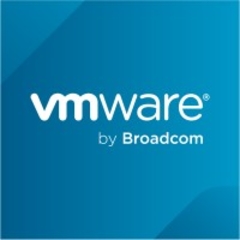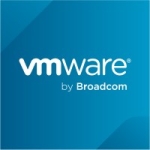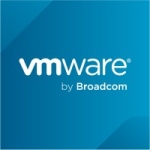What is our primary use case?
We were looking to have a single pane of glass (one console) to manage our complete infrastructure. It has helped us integrate having one user interface to manage our infrastructure and application templates.
vRA's multi-cloud strategy is very important to us as a cloud service provider.
The hardware that we use is Dell EMC.
How has it helped my organization?
The manual efforts of creating a VM for an individual customer has now been eliminated, e.g., creating a template or blueprint. With Orchestrator, we will take that blueprint and build a form for the customer. All this used to be done manually by an administrator, from a network, storage, and compute point of view. The admin's job is simple now versus the way we were doing it before.
It provides a single pane of glass for management. These types of platforms help us to have a holistic view.
The solution has helped us to automate deployment for developers. Before developers have to build another virtual machine, they can run code with VMware Code Stream integration. They can verify and download code, which really helps our developers be faster.
vRA has enabled us to derive value from the cloud more rapidly. We have seen increased services along with more integrations and catalogs. Now, we can create and update policies faster.
The solution has freed up our time to concentrate on other things.
What is most valuable?
- vRealize Orchestrator
- Catalog Service
The policy control is excellent. There are multiple security controls that we can achieve by using this tool. When we were siloed, the policy implementation and control were difficult.
We use the solution’s following DevOps for infrastructure capabilities:
- The cloud templating standard for VMware Cloud infrastructure
- VMware Cloud Templates
- Infrastructure pipelining for continuous delivery
- We partially use iterative development for GitOps use cases, as it is not very good.
These capabilities boosts our administration and management from a technical point of view and help our team maintain the solution. Reliability improved because now the CI/CD and DevOps are integrated and managed under the same team using the same software.
What needs improvement?
They should concentrate on navigation and service improvements.
Buyer's Guide
VMware Aria Automation
December 2025
Learn what your peers think about VMware Aria Automation. Get advice and tips from experienced pros sharing their opinions. Updated: December 2025.
880,315 professionals have used our research since 2012.
For how long have I used the solution?
We have been using it for more than two years.
How are customer service and support?
From the inception and kick-off meeting, VMware has been very professional from a project management standpoint. They know what their goal is and have all the ground work done. They have a dedicated Project Manager. They know what kind of resources that they need, so it happens in a very timely manner. We don't have any complaints from a VMware product management standpoint, because they are all professionals.
I would rate the technical support post-deployment as a 10 out of 10.
Which solution did I use previously and why did I switch?
Prior to using any VMware products, we had Cisco UCS Director.
Prior to vRealize Automation, we had VMware vCloud Automation Center, or vCAC. It was not a mature product. At that point in time, everything was working in silos and the integration was difficult because the APIs were not mature. After we did the automation upgrade, this embedded everything, so it now has one single URL for accessing all applications.
How was the initial setup?
The initial setup was straightforward. From a product point of view, it is seamless. The code runs. The software is built into all the appliances, then everything is deployed automatically and integrated with the scripts.
There are commercial implications to start up vRA if a company has no hardware nor knowledge of the product.
Our deployment was one month. Integration and completion of the migration took another two months. Put together, it took us a total of 90 days to implement and start using it.
What about the implementation team?
For the initial setup, there were four people from my organization involved:
- One SME from compute and storage
- One SME from network
- One SME from application
- One technical project manager.
What was our ROI?
We have seen ROI. The more VMs that we create, the more services that we are creating for our customers. Our delivery times are reduced, so we have more productivity.
The DevOps for infrastructure capabilities has saved time for our developers by automating processes and reducing provisioning time. Task time has been reduced by 40 percent.
When it comes to IT operations, 40 percent of our time has been reduced because of Code Stream.
What's my experience with pricing, setup cost, and licensing?
From a budget point of view, the pricing is a bit on the higher side.
We did need to purchase some new hardware for the cloud because we wanted to upgrade it.
Which other solutions did I evaluate?
While we evaluated other options, vRA made it easy and quick for us to go with this solution as an existing VMware customer. With new products, there are training implications. Also, VMware is one of the market leaders.
What other advice do I have?
If you are already a VMware, definitely consider the cost implications of going with vRA versus a competitor.
VMware Cloud Foundation (VCF) is 100 percent mature on the private cloud. We don't have any issues working on it.
We are using other solutions from VMware to extend our network security.
Training is a continuous process.
I would rate this product a nine out of 10.
Disclosure: My company does not have a business relationship with this vendor other than being a customer.

















